Increased Regulatory Standards
The protective packaging market is significantly influenced by the introduction of stringent regulatory standards aimed at ensuring product safety and environmental sustainability. Regulatory bodies in the US are increasingly mandating that packaging materials meet specific safety criteria, particularly for food and pharmaceuticals. This has led to a shift in the protective packaging market towards materials that comply with these regulations. For instance, the Food and Drug Administration (FDA) has established guidelines that packaging must adhere to, which has prompted manufacturers to invest in compliant materials. The market is expected to grow as companies strive to meet these standards, with an estimated increase of 15% in demand for compliant packaging solutions by 2026. This regulatory landscape not only drives innovation but also enhances consumer trust in packaged products.
Growth in the Food and Beverage Sector
The food and beverage sector is a critical driver of the protective packaging market, as the demand for safe and reliable packaging solutions continues to rise. With the increasing focus on food safety and quality, manufacturers are compelled to develop packaging that preserves freshness and prevents contamination. The protective packaging market is projected to witness a growth rate of 8% annually in this sector, driven by the need for innovative packaging solutions that cater to diverse food products. Additionally, the rise in ready-to-eat meals and convenience foods further fuels this demand. As consumer lifestyles evolve, the protective packaging market must adapt to provide solutions that meet the specific requirements of the food and beverage industry, ensuring that products remain safe and appealing to consumers.
Rising Demand for E-commerce Packaging
The surge in e-commerce activities has led to an increased need for protective packaging solutions. As online shopping continues to gain traction, the protective packaging market experiences heightened demand to ensure products reach consumers in pristine condition. In 2025, the e-commerce sector in the US is projected to account for approximately 20% of total retail sales, necessitating robust packaging solutions. This trend compels manufacturers to innovate and provide packaging that not only protects but also enhances the unboxing experience. The protective packaging market must adapt to these evolving consumer expectations, focusing on materials that are both effective and appealing. As a result, companies are investing in research and development to create packaging that meets the specific needs of e-commerce, thereby driving growth in the protective packaging market.
Technological Innovations in Packaging
Technological advancements are reshaping the protective packaging market, enabling the development of smarter and more efficient packaging solutions. Innovations such as active packaging, which can interact with the product to extend shelf life, are becoming increasingly prevalent. The protective packaging market is witnessing a shift towards incorporating technology that enhances product protection and provides real-time data on packaging integrity. For example, the integration of sensors and RFID technology allows for better tracking and monitoring of products during transit. This trend is expected to contribute to a projected growth rate of 10% in the protective packaging market by 2027. As companies adopt these technologies, they not only improve product safety but also streamline logistics, thereby enhancing overall operational efficiency.
Consumer Preference for Sustainable Packaging
The protective packaging market is experiencing a notable shift as consumers increasingly favor sustainable packaging options. This trend is driven by heightened awareness of environmental issues and a growing demand for eco-friendly materials. In 2025, it is estimated that 60% of consumers in the US are willing to pay a premium for products packaged in sustainable materials. This consumer preference is compelling companies within the protective packaging market to explore biodegradable and recyclable materials. As a result, manufacturers are investing in sustainable practices, which not only align with consumer values but also comply with emerging regulations. The market is likely to see a significant increase in the adoption of sustainable packaging solutions, potentially leading to a 20% growth in this segment by 2028.


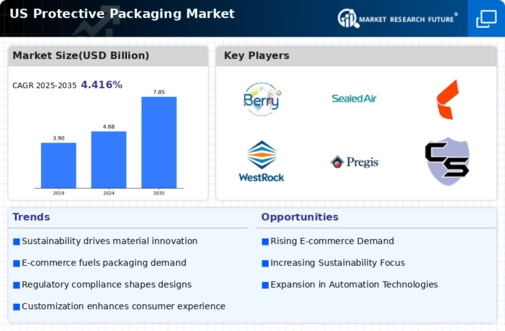
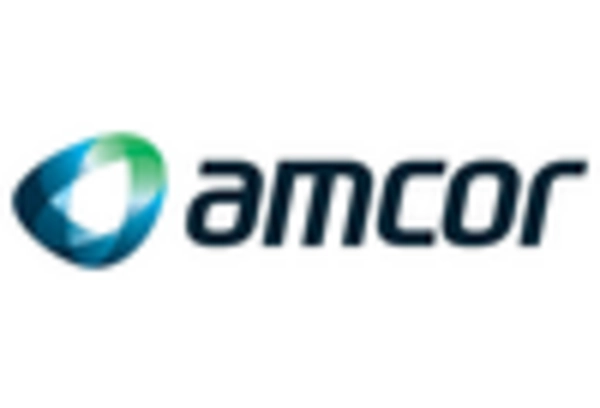
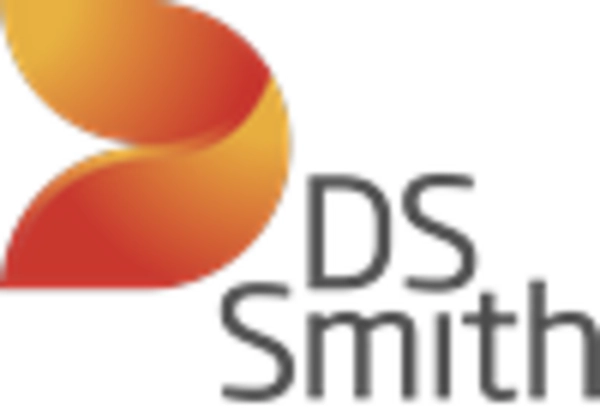

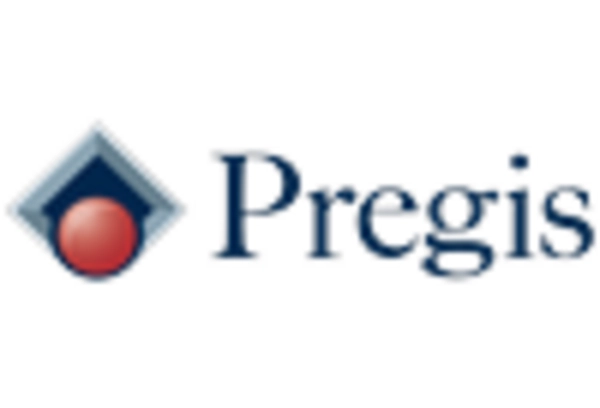
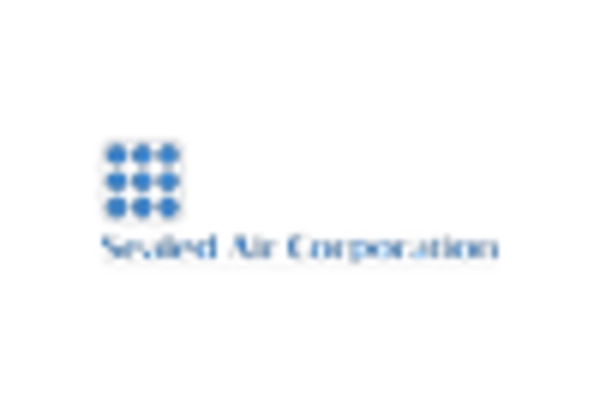
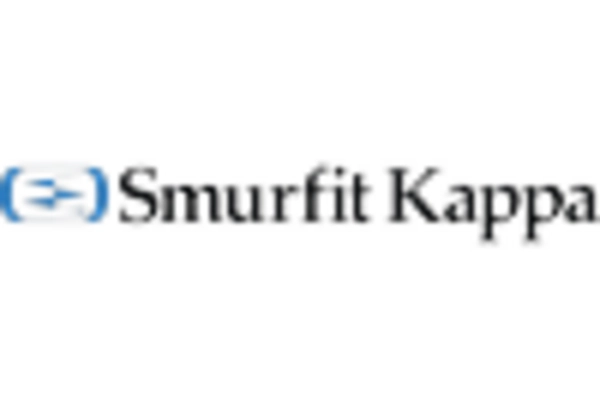








Leave a Comment